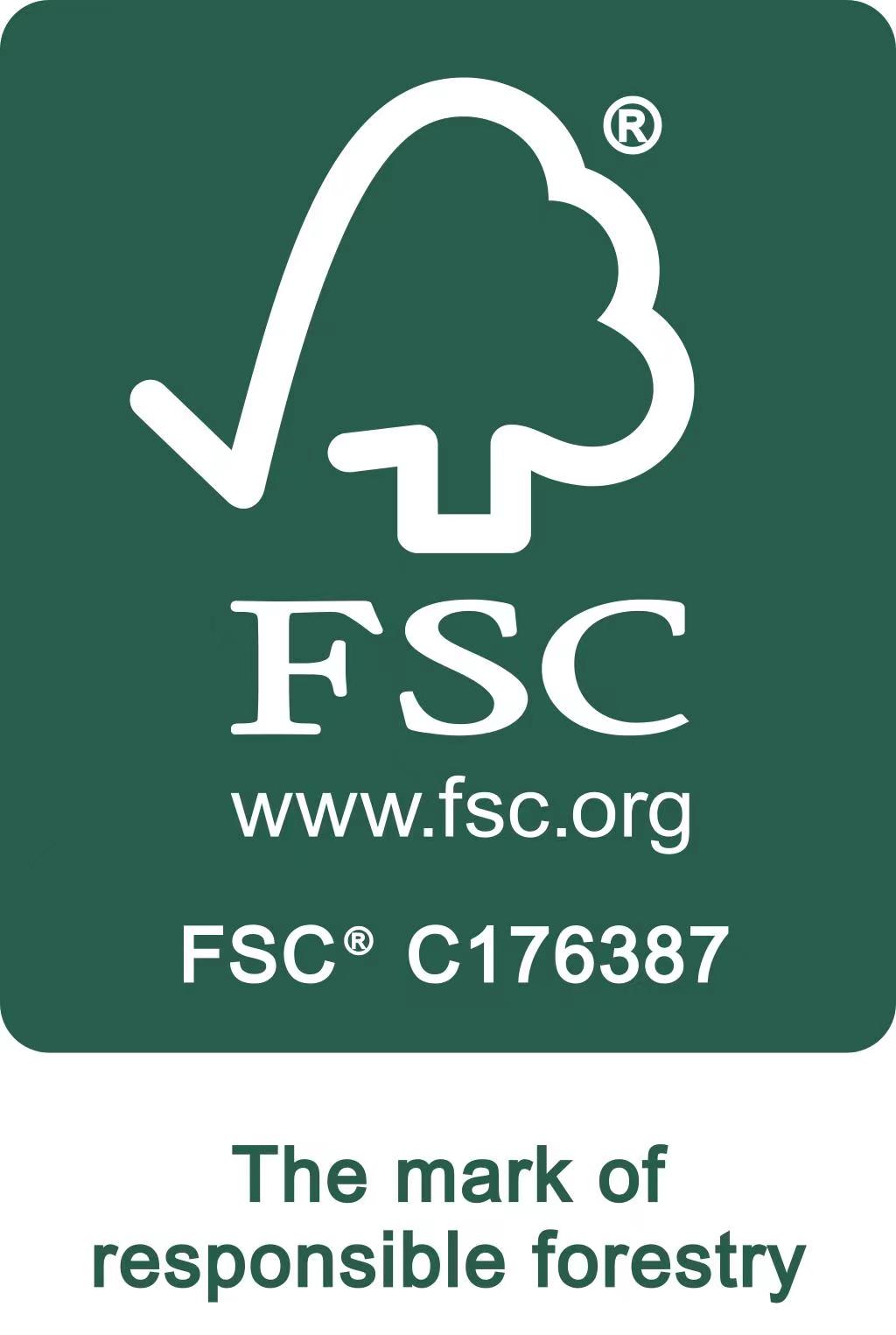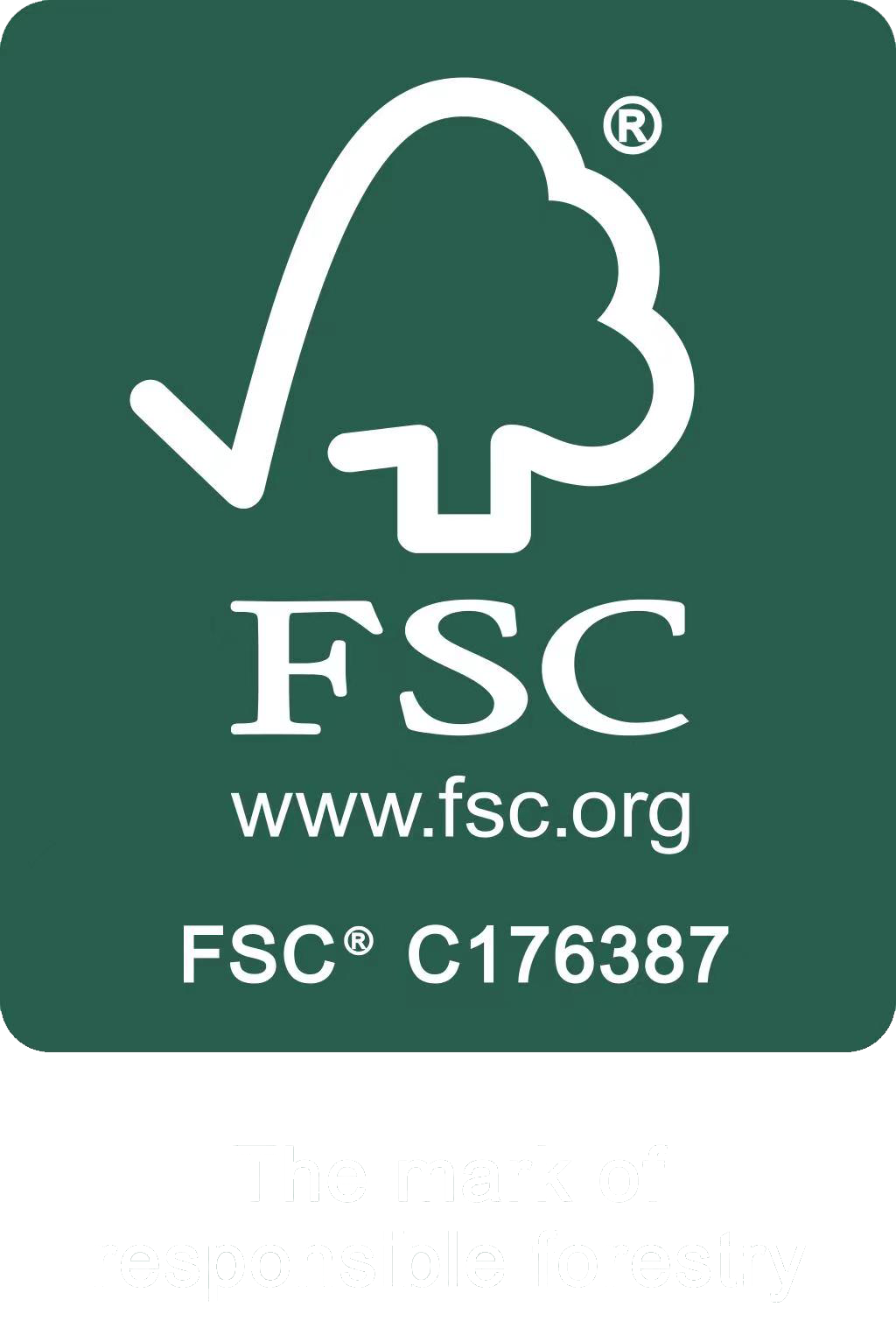1�、 運(yùn)載危險(xiǎn)品的車輛不得停放在學(xué)校�、政府辦公場(chǎng)所、市場(chǎng)�����、名勝古跡和風(fēng)景名勝區(qū)��。
2�、 車廂內(nèi)嚴(yán)禁吸煙。裝卸危險(xiǎn)品時(shí)���,應(yīng)使用不會(huì)產(chǎn)生火花的工具�����。車輛不得靠近明火����、高溫場(chǎng)所和陽(yáng)光照射場(chǎng)所。載運(yùn)石油的油罐車在停車�����、裝卸時(shí)應(yīng)配備地線�����。行駛時(shí),地線應(yīng)與地面接觸,以防靜電引起火災(zāi)。
3、 包裝上應(yīng)有清晰、標(biāo)準(zhǔn)、易于識(shí)別的標(biāo)志����。裝運(yùn)前��,應(yīng)根據(jù)危險(xiǎn)貨物的性質(zhì)����、運(yùn)輸距離和路況����,以安全的方式進(jìn)行包裝����。包裝必須牢固�、嚴(yán)密����。
4、 危險(xiǎn)品裝卸現(xiàn)場(chǎng)的道路����、燈光、標(biāo)志和消防設(shè)施必須符合安全裝卸條件����。裝卸危險(xiǎn)品時(shí)�����,裝卸人員應(yīng)注意自身防護(hù),穿戴必要的防護(hù)用品���,嚴(yán)格遵守操作規(guī)程���,小心裝卸�����,嚴(yán)禁觸摸�����、撞擊、翻滾、重壓和倒置。怕濕的貨物應(yīng)該用油布蓋住。貨物必須堆放整齊,捆扎牢固�����,不同性質(zhì)的危險(xiǎn)品不得裝在同一輛車上,如雷管�、炸藥等�����。
5、 根據(jù)危險(xiǎn)品的不同性質(zhì)��,對(duì)危險(xiǎn)品進(jìn)行妥善處置�,以防在運(yùn)輸過(guò)程中發(fā)生泄漏。當(dāng)炸藥散落時(shí),應(yīng)將其移至安全的地方�,以便修理或更換包裝����。泄漏的炸藥應(yīng)及時(shí)用水浸泡�,并由當(dāng)?shù)毓蚕廊藛T處理���。儲(chǔ)存壓縮氣體或液化氣體的儲(chǔ)罐發(fā)生泄漏時(shí)�,應(yīng)移至通風(fēng)場(chǎng)所��,并對(duì)泄漏的鋼瓶進(jìn)行澆水冷卻����;當(dāng)液氨泄漏時(shí)�����,可將其浸入水中����,其他劇毒氣體應(yīng)浸入石灰水中�����。當(dāng)易燃固體物質(zhì)散落時(shí),應(yīng)迅速將散落的包裝移至安全的地方�。當(dāng)黃磷散落時(shí),應(yīng)立即將其浸入水中�。金屬鈉、鉀等必須浸入裝有煤油或無(wú)水液體石蠟的鐵桶中����。如果易燃液體泄漏,應(yīng)及時(shí)將泄漏部分向上移動(dòng)到安全通風(fēng)的地方���,修理或更換包裝����。應(yīng)使用黃沙和干土覆蓋泄漏物����,然后將其清除。
6���、 被危險(xiǎn)品污染的車輛和工具必須清洗干凈���。
1. Vehicles carrying dangerous goods shall not be parked in schools, government offices, markets, places of interest and scenic spots.
2. No smoking in the carriage. When loading and unloading dangerous goods, use tools that will not produce sparks. Vehicles shall not be close to open fire, high-temperature places and places exposed to sunlight. The oil tanker carrying oil shall be equipped with ground wire during parking, loading and unloading. When driving, the ground wire should be in contact with the ground to prevent fire caused by static electricity.
3. The package shall have clear, standard and easily identifiable marks. Before shipment, the dangerous goods shall be packed in a safe manner according to their nature, transportation distance and road conditions. The package must be firm and tight.
4. The roads, lights, signs and fire-fighting facilities at the dangerous goods loading and unloading site must meet the safe loading and unloading conditions. When loading and unloading dangerous goods, the loading and unloading personnel shall pay attention to their own protection, wear necessary protective articles, strictly abide by the operating procedures, and load and unload carefully. It is strictly prohibited to touch, impact, roll, press and invert. Wet goods should be covered with tarpaulins. The goods must be stacked neatly and tied firmly. Dangerous goods of different properties shall not be loaded on the same vehicle, such as detonators, explosives, etc.
5. According to the different properties of dangerous goods, the dangerous goods shall be properly disposed to prevent leakage during transportation. When explosives are scattered, they should be moved to a safe place for repair or replacement of packaging. The leaked explosives shall be soaked in water in time and handled by local public security firefighters. If the storage tank storing compressed gas or liquefied gas leaks, it shall be moved to a ventilated place and the leaking steel cylinder shall be watered for cooling; When liquid ammonia leaks, it can be immersed in water, and other highly toxic gases should be immersed in lime water. When flammable solid substances are scattered, the scattered packages shall be quickly moved to a safe place. When yellow phosphorus is scattered, it shall be immersed in water immediately. Metal sodium, potassium, etc. must be immersed in an iron bucket containing kerosene or anhydrous liquid paraffin. If flammable liquid leaks, the leaking part shall be moved up to a safe and ventilated place in time to repair or replace the package. Spills shall be covered with yellow sand and dry soil and then removed.
6. Vehicles and tools contaminated by dangerous goods must be cleaned.





